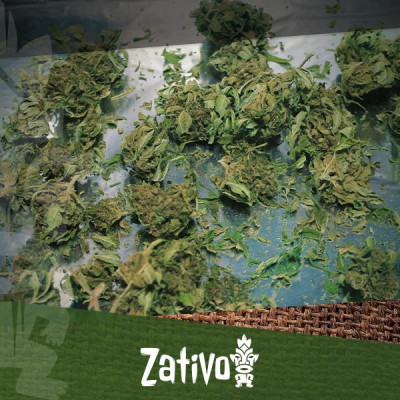Don't have an account?
Register NowYou have to add to cart at least 5 bottles or any program to make checkout.
- BlogHow To Decarboxylate Your Cannabis
How To Decarboxylate Your Cannabis
Published: September 20th, 2022
Categories:
Cooking With Cannabis • How To
If you’re reading this, you’re likely planning to make yourself a batch of cannabis edibles. Maybe you know what decarboxylation is, or maybe you only have a vague idea. Regardless, we’ll tell you what it is, and how to do it!
Decarboxylation, or decarbing weed, is essential if you want to feel the effects of THC. Find out more below.
What is Decarboxylation?
Simply put, decarboxylation is the process where you heat your raw, dried buds to a certain temperature. The objective here is to activate those precious cannabinoids to bring the desired effects you’re looking for.
Decarboxylation isn’t necessary if you choose to smoke or vape your buds. Those consumption methods already include high temperatures, meaning decarbing happens implicitly. But if you’re planning to make edibles, oils, and cannabutter, it’s a process you need to go through.
Why is Decarboxylation Necessary?
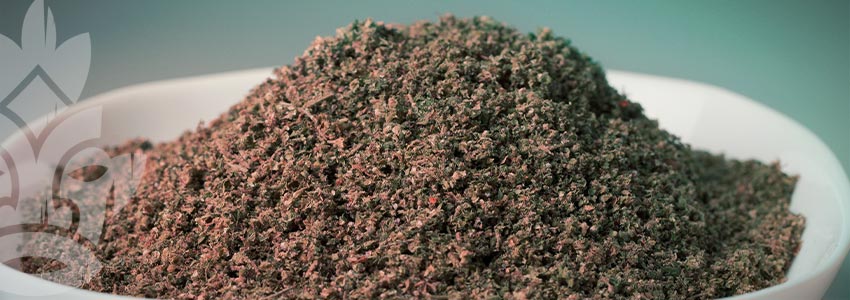
As we mentioned in the previous section, decarboxylation activates the bud’s cannabinoids. In their raw form, the cannabinoids in cannabis are acidic compounds, meaning they interact differently with the body's endocannabinoid system compared to their activated counterparts.
A good example to jump off from is THCA, or tetrahydrocannabinolic acid. THCA is present in the plant’s trichomes and it is not intoxicating at all. So if you eat your buds on their own, you won’t feel the same buzz that you’ll feel after smoking or vaping raw bud.
Likewise, you also have cannabidiolic acid, otherwise known as CBDA. Just like its THC counterpart, this cannabinoid also requires activation via heat exposure.
When THCA or CBDA become THC or CBD, respectively, they interact with the body differently, exerting their desired effects.
When Does Decarboxylation Occur?
Heat is an integral element in decarboxylation. Specifically, you need to expose your raw buds to a temperature of at least 110°C (230°F) for 30–45 minutes. Some suggest doing it at a temperature of up to 120°C (248°F), but you should treat that as the upper limit.
The key here is to not overdo the decarboxylation process. Once the temperature climbs to 150°C (302°F), the cannabinoids and terpenes will begin to be compromised. The result would be less potent weed.
How to Decarb Your Cannabis in the Oven
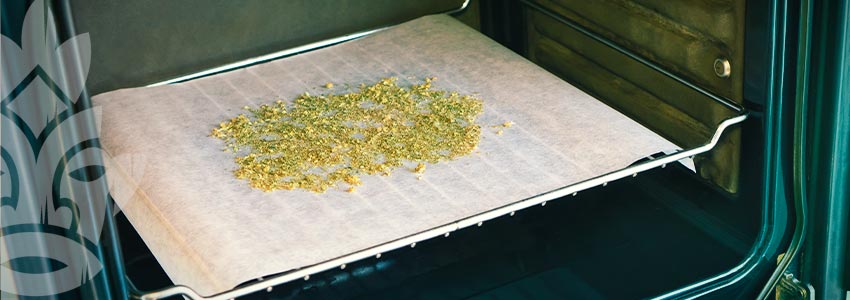
Below, we’ll show you two ways to decarb your cannabis. Let’s start with the oven, an appliance many are likely to have in their kitchen. Decarbing with the oven is also the most practical way to do this process.
One way to do this is with the use of a baking sheet:
- Preheat your oven to 110°C (230°F) to start. While doing so, grind up your dried buds into small chunks. You can either do this by hand or use a pair of scissors. A grinder will also work, but be sure not to do it too finely.
- Take a piece of a baking sheet and place it over your tray. Spread out your roughly ground buds and make sure they are well spread out.
- Place the tray in the oven and leave it there for up to 45 minutes. Be mindful of the temperature changes and make sure it doesn’t go over 150°C.
- Take your tray out and leave your buds to cool for about 10 minutes. They should appear golden brown and a bit crumbly once you touch them.
- After your buds have cooled, you can now grind it into a finer consistency. They are now decarbed and ready to be used in edibles.
Another way to do this is with the use of a mason jar; one that is oven-safe. The upside here is that you don’t stink up your kitchen the way the baking sheet method can. Essentially, follow the above steps, but place ground weed inside the jar.
Be extra careful with this method, as you don’t want scalding hot broken glass everywhere!
How to Decarb Your Cannabis Using Sous-Vide
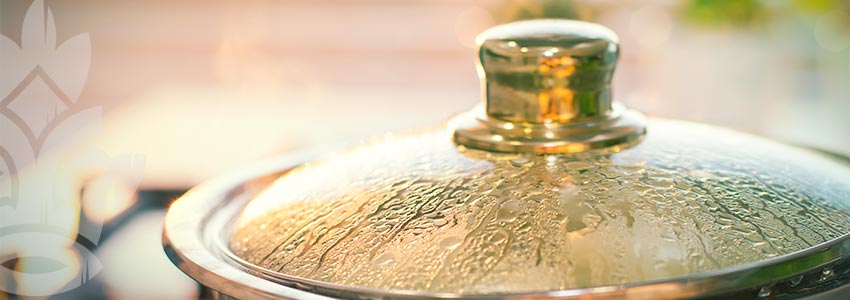
Now, if you have a sous-vide at home, this section’s for you. The upside here is that you get a more even decarboxylation and prevent burning. Here’s how to do it.
- Grind your weed to a coarse consistency. Next, place it in a heat-safe plastic bag and seal it using a vacuum sealer.
- Fill the pot with water. Then place the sous vide precision cooker within the pot.
- Set the temperature to 95°C (203°F). Once it gets to this level, submerge the sealed bag and leave it there for 1 hour.
- After the time has passed, take out the bag and safely remove the buds.
Final Decarboxylation Tips
Decarboxylation isn’t that complicated, but it’s not so straightforward, either. Here are some tips you need to keep in mind.
- Do not grind too finely: in previous sections, we reiterated the importance of grinding buds to a coarse consistency. That’s because doing it too finely makes the buds overheat more quickly, which can cause problems.
- Keep the right temperature levels: you might be tempted to crank up the heat to save some time, but because cannabinoids have an optimum temperature at which they are activated, going overboard will lead to lost potency and quality. Decarboxylation does require a little patience.
- Concentrates also require decarboxylation: if you’re planning to make yourself your own batch of concentrates, you’ll likewise need to decarb your buds. Also keep in mind that kief (a collection of loose trichomes) burns easily, so be sure to check on them regularly.
Decarboxylation isn’t as Difficult as You May Think
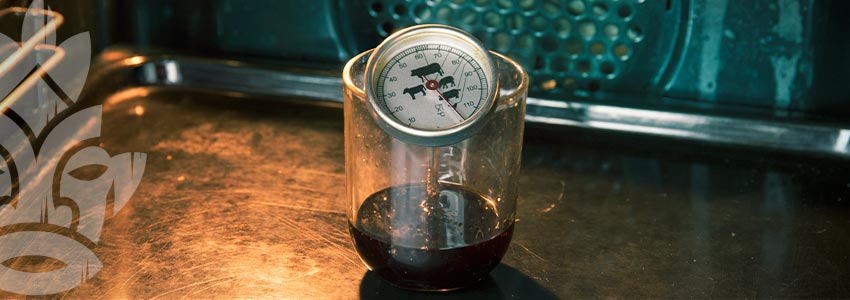
As you’ve seen in this short guide, decarboxylation isn’t exactly a complicated process. Yes, it will require some patience, but if you want hard-hitting edibles and concentrates, this is something you will have to accept.
Hopefully, this article serves you well. Now go ahead and do some decarbing!

